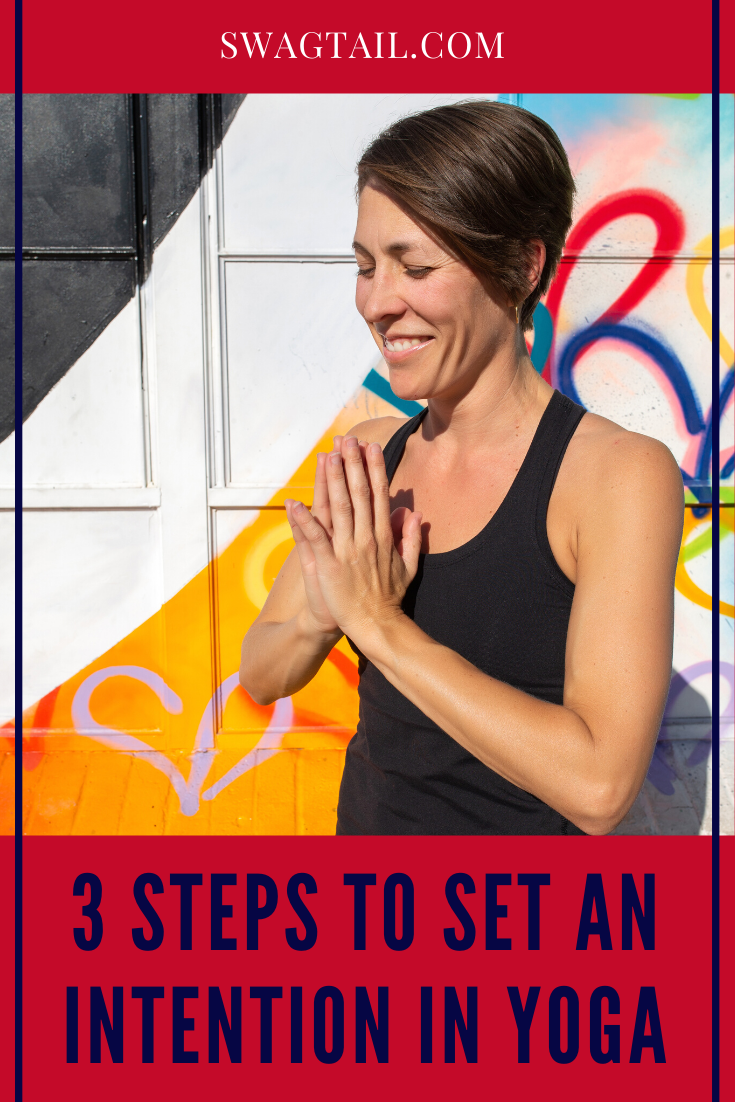 The beginning of a yoga class lays the foundation for what’s to come, and what better way to do this than invite your students to set an intention. Yet many students don’t fully understand what an intention is. Nor do they comprehend the immense power it has to influence their future experience. I suggest you use these 3 simple steps to educate them on the subject. These steps also set students up mentally, emotionally, and physically to receive those desires they seek.
The beginning of a yoga class lays the foundation for what’s to come, and what better way to do this than invite your students to set an intention. Yet many students don’t fully understand what an intention is. Nor do they comprehend the immense power it has to influence their future experience. I suggest you use these 3 simple steps to educate them on the subject. These steps also set students up mentally, emotionally, and physically to receive those desires they seek.
Since this is the first week of a new year–and a new decade–I knew this would be the perfect time to talk about this subject. It’s a time where you are hopeful about the future. Many times you are energized and excited about making changes, and experiencing something new in your life.
Setting an intention is the first step in the process by which you create your future. Below you’ll find the easy ways I use this process in my classes. The attached worksheet is also a great way to use these same simple steps to set an intention in other areas of your life, including your yoga business. You can also watch our video on how to do this, too.
Photo Credit: Diane Nicole Photography
WHAT IS AN INTENTION?
On a simple level, an intention is a thought or group of thoughts about how you want things to be in your experience, and those thoughts send signals to both your body and your environment as a result.
Intentions can be general thoughts that result from your wide array of life experience. These pop up naturally and continually throughout your day. For example, if someone is mean to you, you intend to deal with more kind and compassionate people in the future. If you are misunderstood, you seek understanding. Or, if you get injured, then you set an intention to experience healing.
Your intentions might also be very specific. This can include the types of foods you prefer to eat, the type of vacations you want to take, personality traits of the instructors you want to hire, or the number of private clients you want to have in the future.
As Dr. Joe Dispenza says, “An intention is getting clear about what you want. That’s it!”
WHY SET AN INTENTION?
Now you know intentions arise simply from living life every day. Yet, when you set an intention consciously, you assign more meaning to these insights. Said another way, your new ideas can become a powerful tool to fine-tune your focus.
Here are some of the many reasons we set an intention:
- You want to experience something new
- You have ideas of how you want the future to look
 To connect with the present moment
To connect with the present moment- To tap into a power far greater than ourselves
- A way to shift your emotions into a better-feeling place
- To magnify the appreciation we have for our life now and the life that is to come in front of us
Humans are also creative beings who are hard-wired to innovate. We look for solutions and like to introduce new ways of seeing and experiencing the world. Intentions allow you to take the ideas you have and bring them forth in new ways.
The benefits of setting an intention include:
- You feel alive and connected in your yoga practice
- New neural networks are created in the brain and body
- You become a magnet to receive your desires
- You feel empowered
- Confidence increases
- Clarity and awareness expands
- Stress, fear, and the need to control every aspect of your life decreases
- Satisfaction in all areas of life can skyrocket
3 Simple Steps to Set an Intention in Yoga
When you invite your students to set an intention at the beginning of a yoga class, you empower them to create their experience. Here are the three simple steps you can use to clarify this process for them (and make it far more likely they will actualize the intention they have for themselves).
Photo Credit: Diane Nicole Photography
STEP 1: GET STILL
The first step to set an intention is to set aside time and space to start the process. Thankfully, students have abandoned their usual distractions and are more present in your yoga class. Cell phones are put away. Household demands are set aside. And they have already carved out the time to care for themselves on the mat.
The beginning of class is the perfect time to set an intention. Students have stopped whatever they were doing before coming to class, and you have not yet started to move the body in yoga-specific ways.
This quiet space is a great place to bring your intentions consciously to light. Often we use pranayama to interrupt the normal rhythm of breathing. It’s a way to indicate to the body–and your mind–that something important is about to happen. You’re going to make changes.
Similarly, taking a moment to be quiet and get still breaks your habitual patterns of thought. You heighten your senses. You increase your focus. And you become more mindful. In this space, you invite a new way of thinking and being to come about. You indicate that you’re ready to listen to your inner wisdom. And, you’re ready to get very clear about what you want to experience next.
Set the tone with your students
The Step 1 process of setting an intention is not hard to integrate into your class. With your students seated or supine, preferably with their eyes closed, ask them to tune into the moment. You can guide them to deepen their breathe. Or you could have them scan their body or tune in to one part of it. They might even listen to a single sound in the room, like an air conditioner.
Just make sure your students are still and quiet before moving on to the next step.
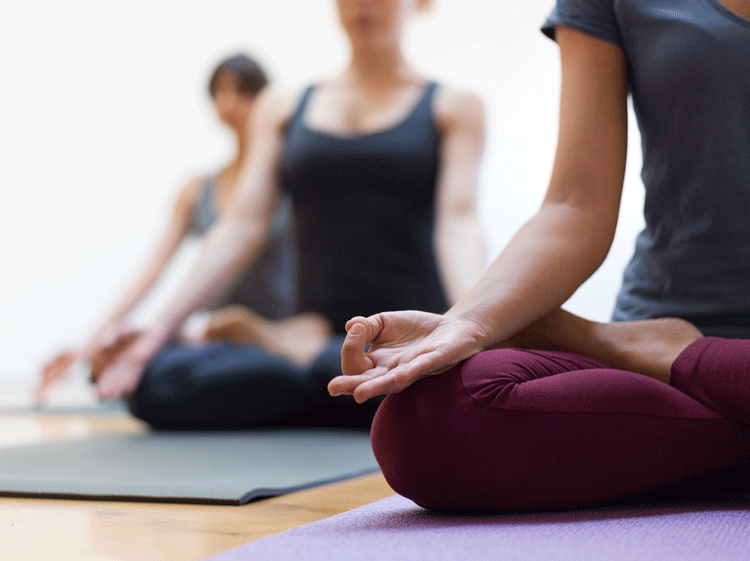
Photo Credit: StockPhotoPro
STEP 2: CREATE A GOAL OR DESIRE
Once you intentionally pause to set your intention, it’s time to clarify your goal or desire. One of the best ways to do this is ask yourself an open-ended question. This opens the creativity of the mind. You also start to wire new neural networks in the brain and create the space in which those new ideas can be integrated into the body.
To create a goal or desire, ask yourself (and have students ask themselves):
“what would it be like if…?
Likely students already have an idea of what they want for their future. Asking them an open-ended question lets them decide which aspect of that future to focus on right now. They might want to clarify a goal they have for their practice specifically, in which case they might ask themselves:
- What would it be like if I was strong on my mat today?
- What would it be like if I could balance on my hands gracefully?
- Or what would it be like if I let go of control and gave myself permission to back off?
Or, students might have a more general intention they want to give energy to. They might aspire to improve their mood, their relationships, their health or even their financial condition. If that is the case, their questions could be:
- What would it be like if I felt satisfied and relaxed at the end of my day?
- What if I was excited to see my family when I get home each night?
- Or what would it be like if I replaced my worry about money with trust that everything is working out for me?
The idea here is to be positive and clear with your ideas. Yet, by the very nature of the question, you are able to allow new insights and creative ideas to flow into this intention. Give your students the space to explore what they need in the moment by inviting them into this open-ended question.

STEP 3: ADD AN EMOTIONAL CATALYST
Your intentional thought now needs an emotional catalyst to take shape. The energy for this comes from a positive emotion. In fact, positive emotions such as appreciation and joy create highly ordered, coherent patterns in the heart. This triggers a release of hormones in the body that enhance body and brain functionality. Plus heart coherence increases your energy levels, tissue resilience, and mental focus.
What does this have to do with setting an intention, though?
A study done by the HeartMath Research Center in California took three groups and had them focus in different ways to see how their intentions would affect DNA.
- The first group who focused on a positive emotion, but held no deliberate intention, made no changes to the DNA.
- The second group also held a positive emotion. Yet they set an intention to unwind the strands of DNA. This resulted in a significant change in the DNA–as much as 25%!
- And the third group had an intention to change the DNA as well, but did have a positive emotion at the same time. Without the heart coherence, no change in the DNA was made (even though they intended to do so)
The takeaway is this: The heart and mind must work together for your intention to be realized. Staying positive helps this!
How to add an emotional catalyst to setting an intention in class:
There are a few ways you can do this. Both options powerfully anchor the new intention in the body.
One way is to focus on the heart. Literally ask students to tune into their heartbeat, as a sound or sensation in their body. Then, ask them to focus on an elevated emotion. It could be something as simple as feeling calm, satisfied, or grateful.
You can also engage other senses to magnify their intention in a tangible way. Have students close their eyes, and imagine what it will look like as their intention comes to life. You can also activate their hearing sense, and invite them to think about what they would hear differently from others–or what they might say to themselves–as their intention is realized. They might also find another part of their body that feels different as a result of achieving that end result.
THEN WHAT?
Your intention has been set, and your only job now is to get yourself ready to receive it. The best way to do this is to find personal alignment.
The good news is that in a yoga class, the remainder of their time on the mat will do just this. Students cultivate physical alignment through the various asanas taken with the body. Taking these shapes also opens up the energetic pathways, or nadis. This means more prana can flow into all aspects of their being–physically, emotionally, and mentally.
Alignment is also a sense of inner harmony and congruence. It’s the way in which you tap into your best self. As you do this on your mat, you set yourself up to receive the manifestation–the actualization of your intentions.
Here are some additional tips to ensure you get into a place to receive your intentions (whether you’re on the mat or off of it):
Allow yourself to receive
Take a moment to reflect on how you responded the last time someone offered you a gift or compliment? Did you say thank you? Did you genuinely appreciate the gesture or kind words?
Or did you brush it off like it was nothing at all?
Once your intention is set, the Universe (or God or Source energy, whatever you call it) considers it done. It’s ready to give you exactly what you want (and often in a better package deal than you first anticipated).
You don’t have to make your intention come to life, and you don’t have to force the outcome. Let go of control and allow your ideas to take shape at the right time, in the perfect way.
Photo Credit: Ember and Earth Photography
Remain curious
If you don’t know when or how your intention will take shape in your future, you’re likely going to be surprised when it does. So remain curious about the outcome. Stay in a state of wonder about how there are so many moving parts in your life, and the lives of those around you. And have fun in the state of not-knowing.
Appreciate your life now
Appreciation creates the heart coherence we mentioned above. This inner balance puts you into the receptive mode. Appreciate what you have now. Express your gratitude for others. Be thankful for what is coming your way. Notice the good that you have in your life, the kind people, the beautiful, supportive earth, the ability to practice yoga. This wide-open heart then becomes a magnet for your intention to arrive into your experience.
PUTTING IT TOGETHER
You often invite your students to set an intention at the beginning of a yoga class. This is a fantastic way to focus their mind on a positive, future outcome. Then, as you guide them through their practice, they enhance their mood. They feel great in their bodies and clear in the mind–all of which cultivates the perfect attitude in which to receive the intention they created.
But since they might not understand what an intention is, or why it’s important, your job is to educate them on the subject. This post gives you 3 simple steps to do so today.
Take Action Now:
- Download the Simple PDF Script that explains intentions. Share this with your students this week. It also includes a powerful worksheet to set intentions when off the mat, too!
- Take a moment of stillness to gain clarity about your own desires. Again, the PDF above can greatly assist you in this process.
- Join us on Thursday as I guide you through one of my favorite intention-setting processes.



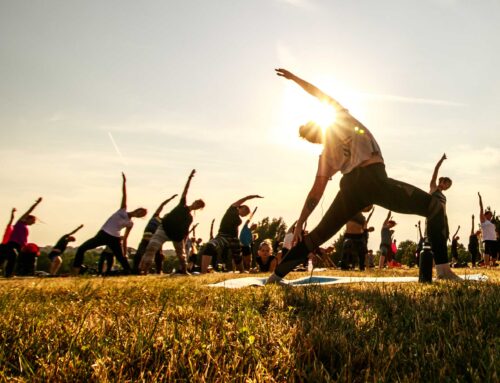

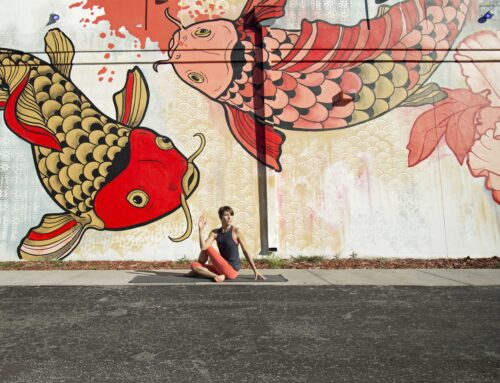
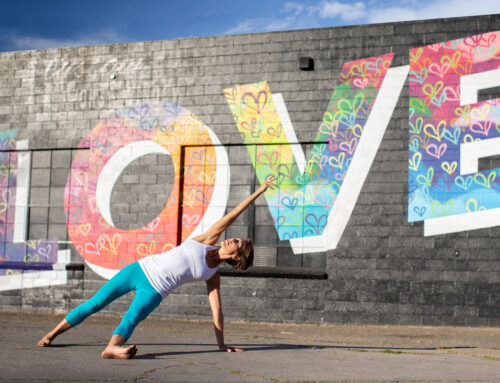
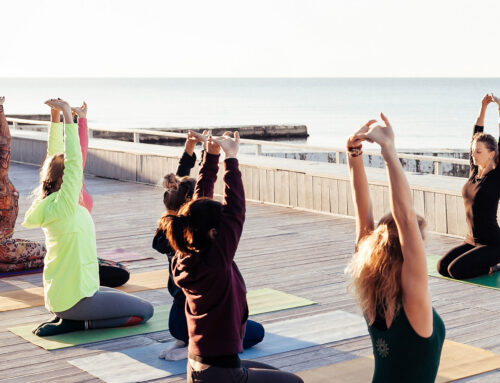

Leave A Comment